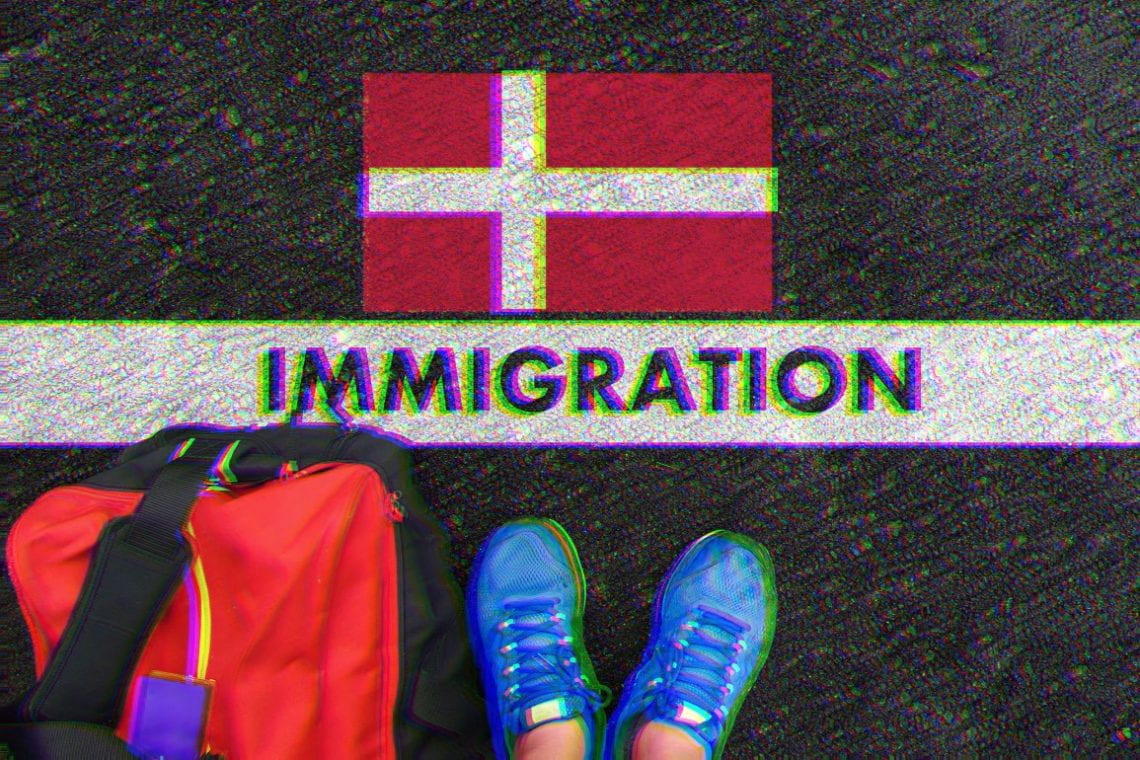Ukrainians represented one in five people who arrived in the country, according to Statistics Denmark
When you type in the Google search bar “Denmark is…” the first suggestion is: “Denmark is the happiest country“. It is easy to envision how this is possible in a society where the welfare state measures quality of life and a work-life balance is the cornerstone of Danish culture.
Unsurprisingly, many foreigners consider Denmark to be the place to relocate to. The country has seen a 59% increase in migrants between 2021 and 2022. According to Statistics Denmark, in 2022, a record-breaking 121,000 individuals migrated to the Scandinavian country, compared to 76,000 the previous year.
The record is tied to the war in Ukraine, as Ukrainians represented the nationality with the largest number of immigrants last year: more than 31,8K. Among the top 10 nationalities, there is a concentration in Eastern Europe (Bulgaria, Poland, Romania, Ukraine).
Over the last decade, Denmark has experienced a positive migration flow; marked by a net migration of 58,000 in 2022 – the highest in the last 10 years.
Beatriz Bulhões is a 29-year-old Brazilian who moved to Denmark to work for the Lego Group, the company that produces the world-famous toy building blocks. She packed her entire life in a suitcase and moved to the country in August 2022.
With a job contract secured and a company that even offered her adaptation classes to Danish culture, Beatriz acknowledges that her migration process was somewhat privileged.

“I understand my story and perspective are privileged, but I feel at home here” – Beatriz Bulhões
“I like the pace of life. I’ve been able to maintain a good social life, a support group and the feeling that things just ‘work’ in general makes me happy with life here,” said the young Brazilian.
Beatriz falls right into the 20-29 age category, the age range of most migrants who have moved to Denmark in the last two years, reaching almost 22,000 people.
She also comments that one of the things that gives her the most peace of mind in Denmark is the sense of security she feels as a woman, a security that she has not always felt in other countries. In 2022, more than half of the migrants who moved to Denmark were women (52.5%).
Ukrainian Refugees Fueling Immigration
However, the experience of moving to Denmark is not all smooth sailing. While some people move to Denmark looking to jumpstart their careers, many others are forced to flee their country because of ongoing war conflicts, such as Russia’s invasion of Ukraine.

Immigrants from Ukraine sky-jumped from 1.800 in 2021 to more than 31K in 2022, making Ukraine the predominant nationality among those who migrated to Denmark last year
A Ukrainian migrant who prefers her identity to remain anonymous shares her account of her journey to Denmark and its tough adaptation process. “I did not choose to migrate to Denmark – I had no choice. I wasn’t planning on going anywhere (before the conflict broke out), but my friend suggested going to Poland for a month. I ended up there alone with my mother. Denmark is just a random country in which I ended up,” says one of the thousands of Ukrainian migrants scattered around the world.
Many Ukrainians considered seeking asylum in Denmark primarily because of the Special Ukrainian Law passed by the Danish parliament, which eases the process for Ukrainians compared to the normal asylum system and is designed to enable them to start work and school as soon as possible after coming to Denmark.

It was neither the Danish lifestyle, the concept of hygge, nor the professional and academic advantages that attracted this Ukrainian migrant to Denmark.
A Place to Call Home
While the reasons among migrants remain as numerous as their nationalities, Denmark is a country that offers numerous benefits to anyone willing to adapt to the culture and endure countless days of rain.

Some people see the country as where they will settle permanently, and others as a temporary and merely circumstantial home.
Numbers to go up
According to the Statista Research Department, approximately 0.72 million immigrants are expected to reside in Denmark by 2029.




